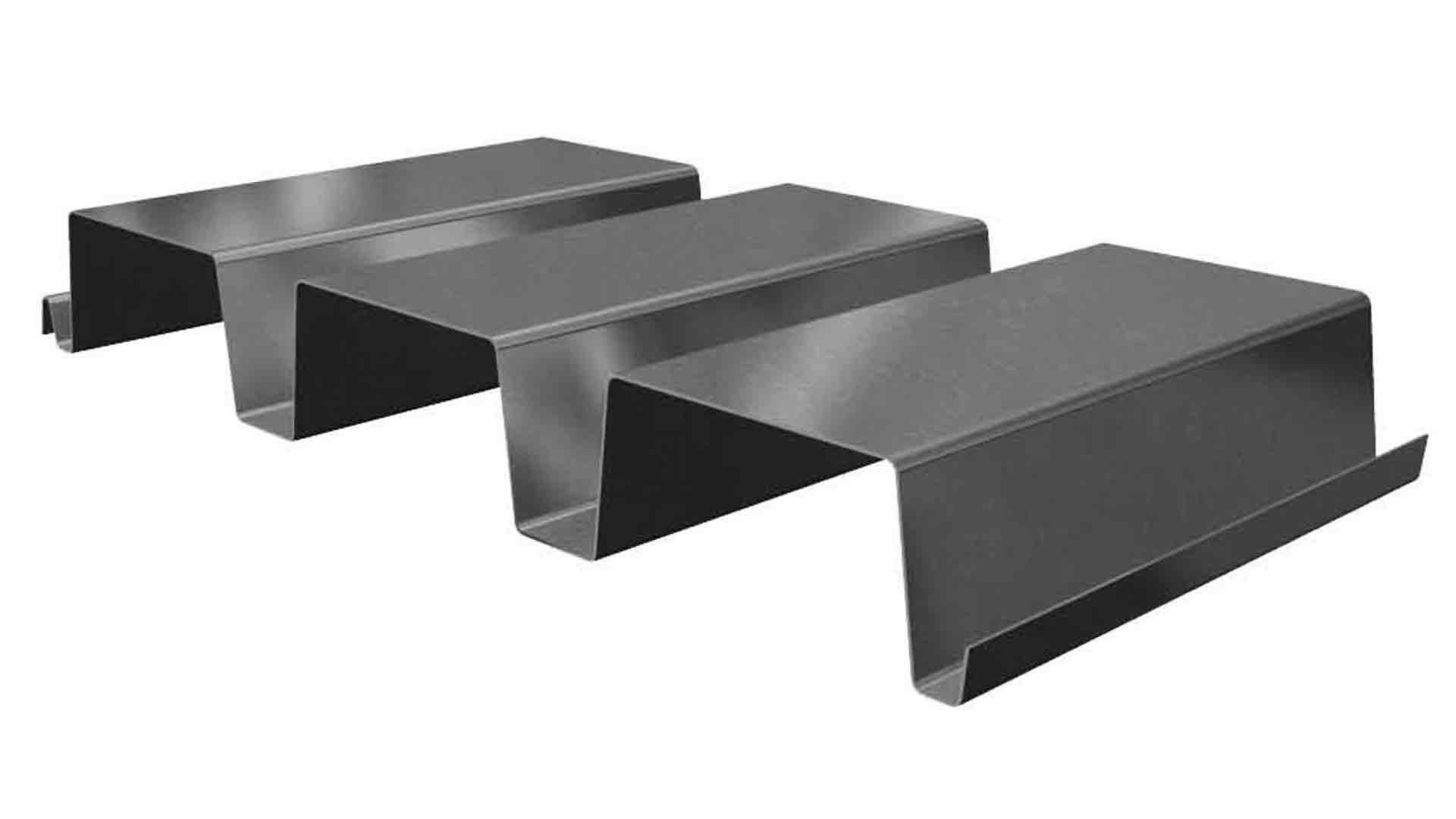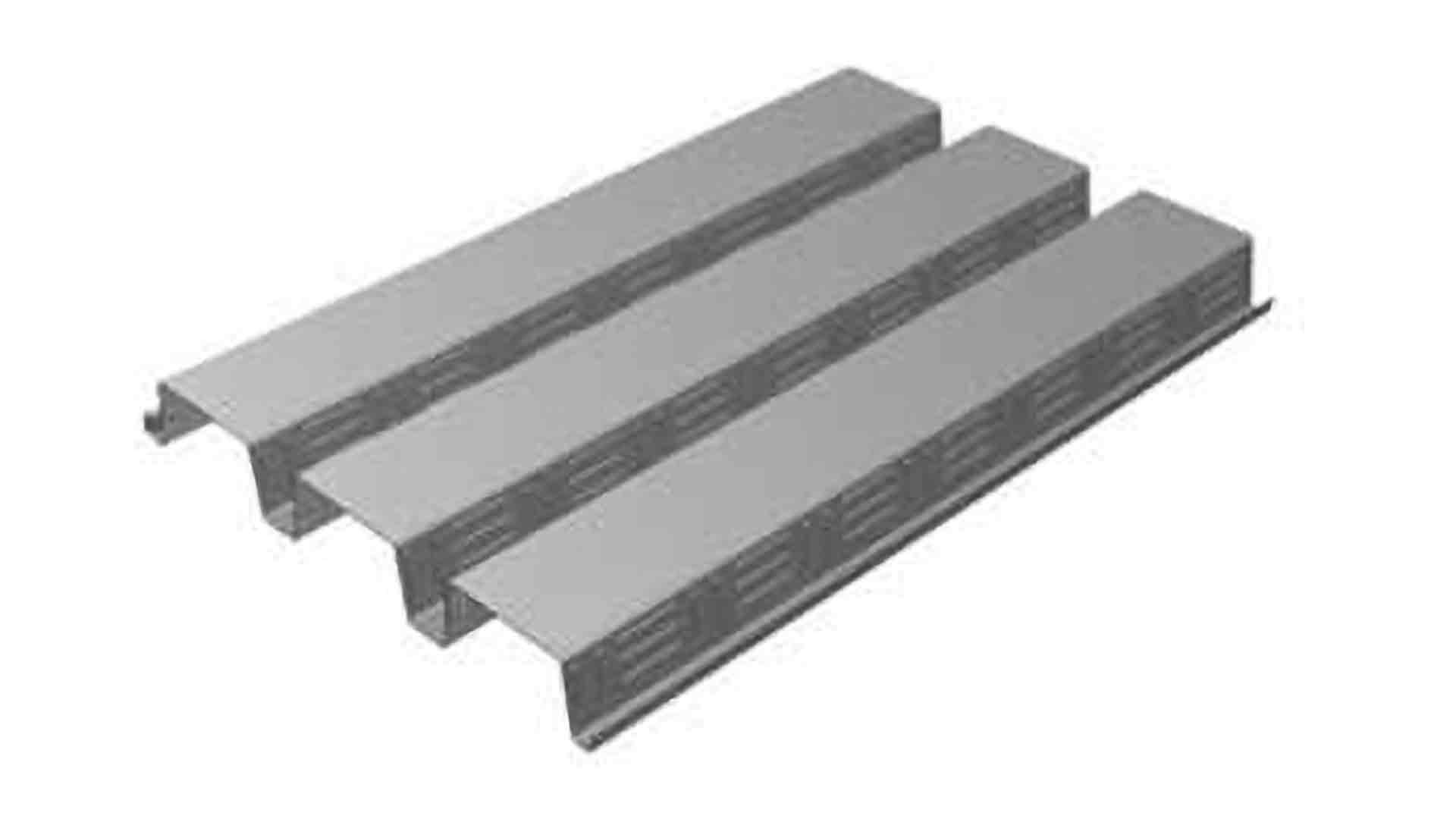Fastening Systems Pros & Cons of Mechanical Metal Deck Attachment
If you have ever installed metal decking then you know it is not easy work. Some aspects that make the job difficult are unavoidable, such as the weight of the metal decking itself. It makes it hard to carry and set in place long and heavy sheets.
However, there are other aspects, such as fastening down the metal decking, that don’t have to be so difficult. When you fasten down metal decking there are three methods: screws, welds, or mechanical fastening. Of those three, mechanical fastening is the newest and most innovative method.
So what makes mechanical fastening stand out over the other two methods?
Well to start, mechanically fastening is a much easier process than performing welds. The fasteners are also able to go into thicker metal than traditional screws.
At Western Metal Deck we have been in the steel industry for over 30 years. We have witnessed lots of changes and while new changes can take some getting used to, some have proven to be worth the effort. This is definitely the case when it comes to mechanically fastening down the metal deck.
To help you decide if a pin fastening system is right for you we will teach you some of the benefits, as well as some of the drawbacks
Strength of Mechanically Fastening Metal Deck
If you install metal decking then you know that you aren’t just making things up as you go. There are specific plans and an engineer who has designed these plans. They specify everything from the type of decking, gauge, sidelap attachment to how to attach the metal decking to the structural framing.
What the engineer specifies comes down to a number of different factors. When it comes to fastening metal decking, one important factor is the strength value.
Metal decking manufacturers have calculations for the different methods of attachments. The strength values differ depending on the method, type, gauge of the deck, and what it is fastening into. However, in general, the following can be used:
- Screws - This attachment method is generally not used on construction projects. This is because normally metal decking is placed on top of heavy structural steel. Standard screws aren’t able to drill through the metal decking into the thick steel beneath.
- Welding - A perfectly performed weld is the strongest method of attachment. However, welds need to be performed by a certified welder. On a large job, thousands of welds need to be done, so the welder needs to perform a perfect weld thousands of times for the strength values to be accurate.
- Mechanical Fastening - Unlike screws, there are different types of fasteners that can go through different thicknesses of metal. A powder-actuated tool is used to drive the fastener through the metal decking into the structural framing. Depending on the type of fastener used, the strength values can come pretty close to a perfect weld, but they are higher than an imperfect weld.
While a perfect weld is a stronger connection method, it is subject to human error. In our experience, it isn’t easy to find a good and experienced welder who will perform perfect welds on jobs that are tens of thousands of square feet. As mentioned, screws aren’t even considered on most jobs. A mechanical fastening system is consistent, can go into different thicknesses, and it also has high strength values.
Fastest Method to Fasten Metal Decking
Let's face it speed is important when it comes to any job, and as cliche as it sounds, time is money. The amount of time it takes to fasten the metal decking down to the structural framing matters. You don’t want to waste man-hours and hold up other aspects of a job while workers wait for the metal decking to be fastened down.
When comparing the speeds of a weld versus a mechanical fastener, there are a couple of factors to take into account: the experience of the welder and the type of mechanical fastening tool.
Typically Hilti is specified on projects as the preferred method to mechanically fasten metal decking. So when comparing the speed of a stand up mechanical fastening tool to an experienced welder, the mechanical fastening method is by far faster than the traditional welding method.
A welder can perform anywhere from 150 to 300 welds per hour. A laborer using the stand-up tool can perform 700-1,100 pin fastenings per hour.
A side by side comparison can be seen here:
Which Fastening Method is More Cost-Effective?
A mechanical fastening system requires fasteners and a tool, which both cost money. A welding system requires a welding machine, weld rods, and fuel to operate. However, the real difference in cost comes in the form of labor.
A mechanical fastening system requires a laborer to operate the tool. They don’t need to be a highly-skilled highly-paid laborer though, they only need a few minutes of training.
A welding system requires a skilled welder to perform the welds. As mentioned earlier, it takes much longer to perform the same amount of welds versus mechanically fastening. When you combine the higher pay for a skilled welder, plus the fact that you have to pay them for more hours of work, pin fastening ends up being more affordable.
Other Advantages Of A Mechanical Fastening System
Besides speed, cost, and strength, there are other advantages that using a mechanical fastening provides.
Safety is one big advantage that mechanical fastening has over welding. When welding galvanized decking, which is the majority of metal decking, zinc fumes are created. These fumes are toxic and can cause health risks. No zinc fumes are created from mechanically fastening the metal decking.
The ability to mechanically fasten in different climates is another advantage. Welding cannot be performed when it is raining. Mechanical fastening does not have the same limitation.
Disadvantages of A Mechanical Fastening System
We have talked a lot about the advantages of using the mechanical fastening system. However, you wouldn’t be doing your due diligence if you didn’t also didn’t take into consideration the disadvantages of this system.
When it comes to mechanical fastening, this method hasn’t been around as long as welding. So when you have engineers designing the job who are used to specifying welding, they will normally stick to what they know.
On a smaller size job, it usually isn’t worth the effort to try and get the engineer to revise the specifications. On a larger job over 10,000 square feet, it can prove to be worth the effort but will take some work and time to get the plan specifications changed. However, if you don’t have the time you are better off sticking with what the plans call for.
Another disadvantage would be if you already have a skilled welder and welding equipment available. If your jobs generally tend to be on the smaller to medium size side and you have a skilled welder who can perform welds quickly, then it may be a nuisance to have to go out and purchase a mechanical fastening tool and the fasteners. You may prefer to stick with the welding system.
Is A Mechanical Fastening System Right For You?
As more and more jobs continue to be specified with a mechanical fastening system, it makes sense to decide whether or not you want to take on jobs with this type of specification. If you do happen to get a job with a mechanical fastening specification, you can normally rent the tool and get some first-hand experience using this method.








